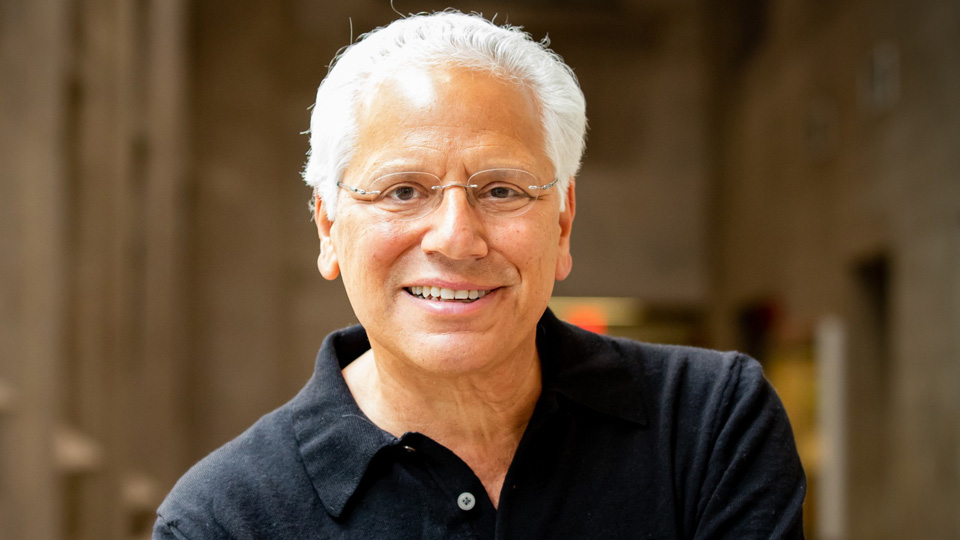Indiana- where biotech first became medicine
Subscriber Benefit
As a subscriber you can listen to articles at work, in the car, or while you work out. Subscribe Now
October 28, 2022 marks the 40-year anniversary of when biotech became medicine. And it happened here in Indianapolis – not in San Francisco or Boston, as many may suspect. It was a validating technical achievement filled with enormous commercial relevance for an emerging sector of the global pharmaceutical industry. It pertains to Eli Lilly and Co.’s drug Humulin, a breakthrough advance for people with insulin-dependent diabetes. Its development and successful registration collectively represent the first step in demonstrating that safe, breakthrough medicines could be assembled in microorganisms, and subsequently in engineered human cells.
I was one of the principal scientists in the product development and translation of the technology to commercial production. There were many equally senior scientists and several that were more prominent. Irving Johnson, now deceased, was the executive scientific leader for the project that included all scientific disciplines. Within the chemistry group, Ron Chance, William Bromer, Bruce Frank, LeRoy Baker and Edward Smithwick were prominent in their leadership. It was a company-wide effort to bring this drug to patients as a registered medicine. Research at City of Hope associated with Genentech was of utmost importance to set the stage for what was subsequently accomplished at Lilly. They assembled the gene that expressed the core ingredients that became insulin. They made small quantities that required the highest sensitivity methods of that time to characterize it. The work in Indiana was what progressed the science from lab to patient, from micrograms to kilogram (a billion-fold increase) at purity and cost that rendered it a pharmaceutical. This is analogous to the discovery of insulin a century ago in Toronto where Lilly and Novo-Nordisk played a seminal role in scaling it for safe and effective therapeutic use.
Here is the little appreciated fact: no microorganism has ever produced human insulin. The engineered bacteria made two independent half sequences of insulin that had to be independently purified, chemically integrated, and further purified to a final product. The emphasis was on purity to ensure that this unprecedented source of insulin would not present any safety risk beyond those associated with animal-sourced insulin. However, this approach was highly inefficient. Looking back now as a recognized global expert in insulin chemistry, I just marvel at was achieved using this technology of the 1970s and 80s to deliver this breakthrough product. Knowing what I know today about the core chemical ingredients and using state-of-the-art technology, I’m not sure I would attempt to commercially tackle what was undertaken four decades ago. It was that hard, but the Lilly scientific community persevered and made it happen.
If not for the virtually unlimited quantity of insulin that is now possible by this and related rDNA-processes, it is easily conceivable that insulin distribution could have been rationed, given the global epidemic of diabetes and the associated demand for insulin as a therapeutic. As profound as that may be, the more important accomplishment is the validation that this technology was more than a research tool; it was a new method to make breakthrough medicines. That is what accelerated the venture community interest and proliferation of next generation start-ups following Genentech.
Venture capitalists are focused on financial return, and Genentech’s lucrative deal with Lilly and Lilly’s registration of the product validated the financial wisdom for further investments in biotechnology. The evolution of biotechnology to produce more complex proteins and in particular antibodies has a lineage to Humulin as the granddaddy of them all.
It’s important to elevate the seminal role that central Indiana, Lilly and an army of Hoosiers made to convert biotechnology to medicine. No one domestically was operating this technology at commercial scale and there were notable federal restrictions in how to proceed. In Germany the green party was notable in their opposition to the technology and stalled the development in central Europe throughout the 1980s. In short, the commercialization required Indiana to support Lilly in doing what was done locally. It is a great example of progressive public-private economic policy that created jobs and propelled a life-saving industry.
As time passes, I feel an increased obligation to bring recognition for what occurred and to provide gratitude to Lilly for providing so many individuals the opportunity to contribute to something of such fundamental importance. It is a seminal milestone in delivery of a precedent setting medicine that provided first validation for the commercial relevance of biotechnology. It largely occurred in Indiana by a sizable group of inspired Hoosiers, and it had global ramifications.
Richard DiMarchi, PhD is a Distinguished Professor of Chemistry and Gill Chair in Biomolecular Sciences at Indiana University. He is a member of the National Academy of Medicine and the National Inventors Hall of Fame. He is a former chairman of the Peptide Therapeutics Foundation and an international spokesperson for macromolecular medicines.
